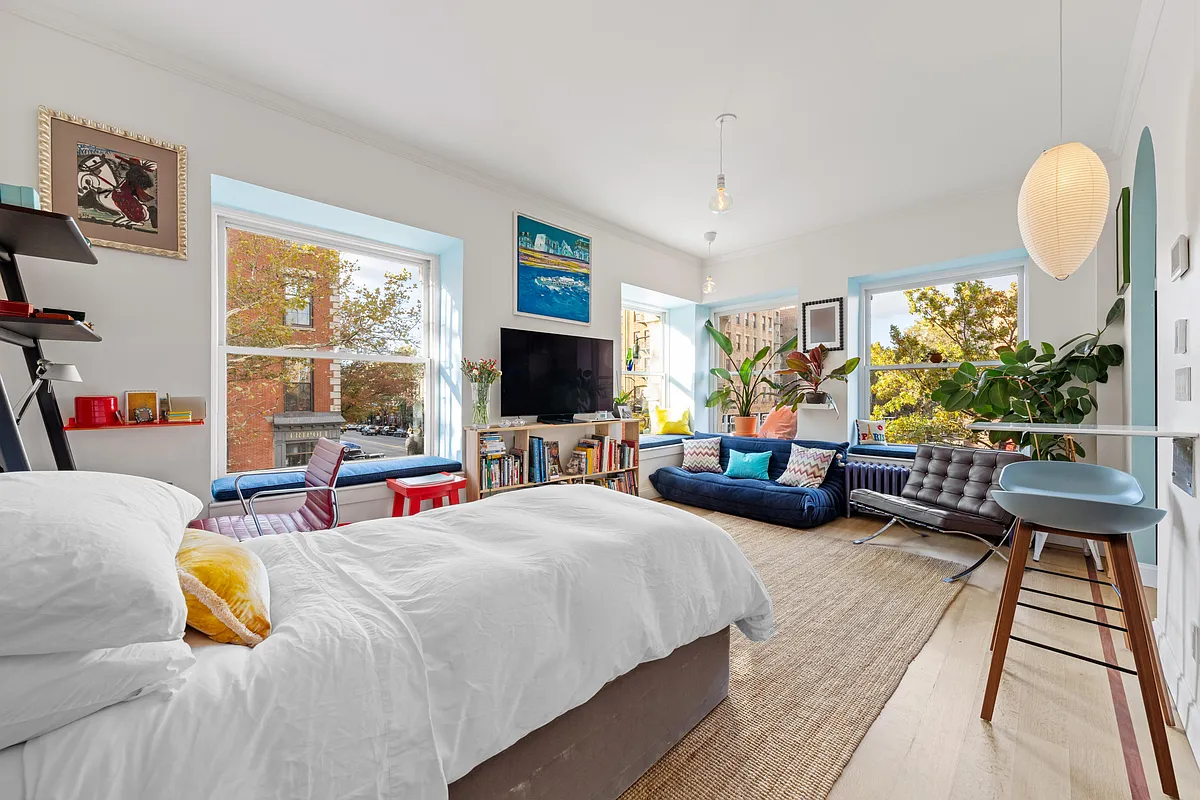Brooklyn's 2010 Census Count
The city is calling into question the 2010 Census numbers released yesterday, saying the population count, at a record high of 8,175,133, falls short of its projections. (The Observer reports the Census Bureau is standing behind its data). Meanwhile, here are some of the stats released about Brooklyn: -The Local’s chart on Brooklyn’s stats show…
The city is calling into question the 2010 Census numbers released yesterday, saying the population count, at a record high of 8,175,133, falls short of its projections. (The Observer reports the Census Bureau is standing behind its data). Meanwhile, here are some of the stats released about Brooklyn:
-The Local’s chart on Brooklyn’s stats show an increase of 39,374 people in Brooklyn between the 2000 and 2010 tallies, for a total of 2,504,700.
-According to The Times, “Manhattan and Brooklyn accounted for the only counties in the country with a million or more people where the white share of the population rose.”
-Also from The Times: “According to the census, Queens registered a net loss in occupied housing since 2000 and a 59 percent increase in vacancies. Brooklyn recorded a 66 percent rise in vacancies. In the eyes of the census, [Joseph J. Salvo, the director of the population division at the city’s Planning Department] said, ‘huge swaths of housing have essentially been depopulated.’ He added that in many cases, the neighborhoods where the census found high vacancy rates were not necessarily where new housing had been built, or where foreclosures had been rampant.”
-The screengrab above is from WNYC’s interactive map, which lets you zoom in on tracts to see the population increases and decreases that were reported.
Census: New York City’s Population Barely Rose in the Last Decade [NY Times]
Mapping Changes in the Five Boroughs [WNYC]
A Population Grows in Brooklyn [The Local]
Census Bureau Stands By Numbers [NY Observer]





holy shift in census track 219 (btw. Franklin-Rogers,Eastern-Park Place) and 243(Bedford-Nostrand, around Dekalb). The numbers are a bit frightening.
Also, how can 243 lose population with all of the building going on there? Were the residents who moved out living more to an apartment?
Depends on what kind of business one is trying to start. Businesses in media are not too hard to get off the ground here in NYC.
Also note, the true population count in most minority neighborhoods is way off. These neighborhoods are always under counted for many different reasons, some reasonable, some not. Unfortunately, undercounting really affects not only political representation, but federal and other monies that come into a community in the form of aid to hospitals, police, social services, etc, etc. Hiding from the Man has a downside.
Imagine a company trying to relocate employees here or to set up a new business. The costs here are crushing, tax and otherwise and the real estate differential between NY and other parts of the country, though probably better than before the crash makes it tough to bring employees here who trade in their big spacious homes for something…well, less. Much less for the same money. So there isn’t much attraction from other places to NY except for early career/university. It is true what Minard says about the decentralization of financial services, due to electronic trading and the recognition of the dangers of a too centralized financial industry post 9/11. NY is special in that it has a wonderful public transportation system, despite its obvious problems, but it is amazing that in NYC 50% of all workers get to work by public transit. Media, entertainment, financial services, fashion, universities, cultural institutions, theater, the wealth of cultural amenitities, the history, the dense and colorful neighborhoods all make NYC vibrant and amazing but we have our challenges and creating a vibrant business environment, one which brings business to NY is a major one going forward.
And yes, Minard, thank God for immigrants who are providing this city with labor, energy, and natural population growth. I read one study recently which said that on a net/net basis, whatever growth we have here in population is not by inflow but by natural growth (longer lives and larger immigrant families).
And no, the weather is is NOT a draw. Better than Houston and we are not so exposed to natural disasters as the Gulf and Florida or earthquakes such as CA or brutal, brutal winters such as the northern Midwest. We have a nice fall and spring and though the last summer AND winter were the freaking pits.
as I said, weather was a minor point in my post, but it must have struck a nerve.
Rob – you dont want anything to get “better”. I guess that would mean you would have to get a real job to earn your living instead of sitting around and posting on blog that you cannot relate to. At this point its not even a hint – its straight forward. STFU – you have nothing of value to add to this blog. You want the neigborhoods to fail so you can keep buying your beer and cigarettes at the corner bodega but you chose to live in Park Slope.
I love the seasons. Could never live in places like Florida where there is hot weather all year round.
ugh – a million more people by 2020? how is everyone gonna get to work?
> a true older person who considers weather a determining
> factor of where to live
I don’t think older people are the only ones who consider weather as a factor in deciding where to live. I did consider LA because I loved the weather – so perhaps that makes me old – but man I pretty much hated everything else about that town. I was in Boston before moving to NYC, and the winters there are bitter and cold (almost as much as the people).
Anyhoo, I do love this great big mess of a city. But I didn’t move here because of the weather or the cheap and easy living. The cheap and easy men, well, that might have been a factor…